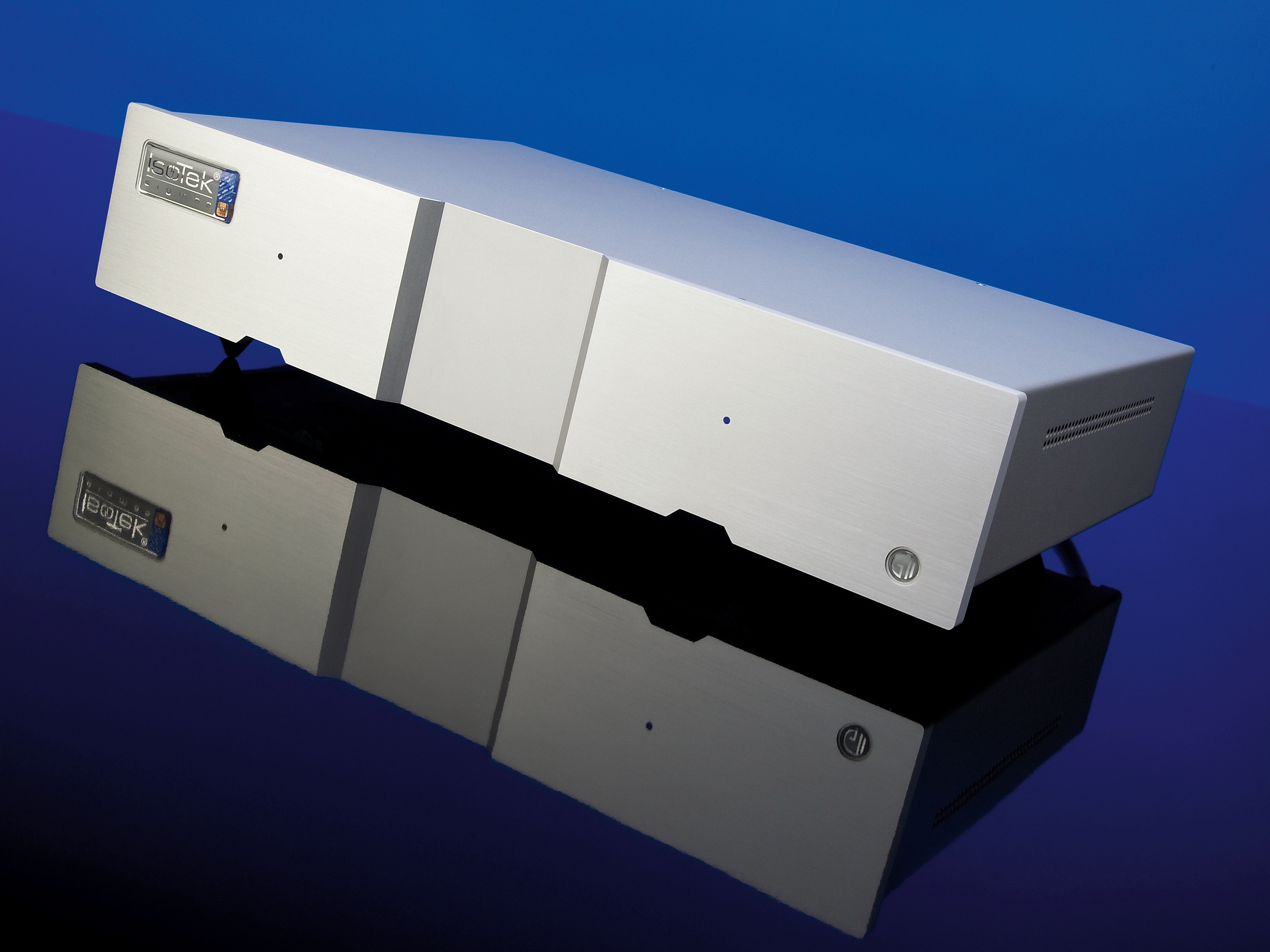Why you can trust TechRadar
The damage that can be wrought on a sound system by poor mains should not be underestimated. But, like so many of those 'intangibles' in audio (cables being the most obvious example), it has really only been by a process of trial and error that both the nature of the problem and efficient strategies for tackling it have become apparent.
Sigmas is a new, mid-range, six-outlet mains distribution box from IsoTek, one of the best established names in mains filtration. It features techniques seen in previous models in the company's GII range, including the 'Polaris-X', 'Direct Coupled Design' and separate filtration of each of the six output sockets.
Internal inspection of what all this means in practice reveals a single circuit board spanning the case, with inductors, capacitors and Voltage Dependent Resistors aplenty doing the donkey work. Wiring is thick and high quality and the soldering is apparently done with silver solder.
The case is very solid with a thick alloy front panel. Two circuit breakers, one each for the high current and current portions of the unit, are mounted underneath and are reasonably easily accessible.
Two three-pin sockets at the rear are each rated at 16A output, the other four at 6A, and the input is via a pro-grade bayonet-lock socket, for which a special mains lead is supplied. We wouldn't mind if this was just a little more flexible....
Wide variety
We were lucky to be able to try Sigmas on a wide variety of source and amplification components in three locations, two urban and one semi-rural. The last of those, with by far the most modest audio equipment, proved the most revealing of just what mains filters can bring about.
We must stress that it didn't turn a basic budget system into a high-end dream set-up, but it did have a remarkable effect in terms of opening up images and revealing a small but important extra level of detail. Whether it represents value for money in such a system is a bit of a close call, though.
In more upmarket systems, the absolute effect may be less marked but there still is one and its nature seems to be consistent, much as with the budget system. With even modestly priced electronics offering highly credible sound these days, the law of diminishing returns is perhaps more obvious than ever, but it is no less true that top performance doesn't come cheap.
In the circumstances, £995 on mains filtration can indeed, we reckon, outperform similar expenditure on 'traditional' equipment upgrades or on cables or supports.
But what about putting the Sigmas against competing products? Our listening notes suggest that compared with IsoTek's own GII Mini Sub, the Sigmas offers basically more of the same, not surprisingly. But other brands have differing approaches to filtering that make for fascinating listening.
A Russ Andrews filter, for instance, gave less detail improvement but seemed to produce a 'blacker' background. Perhaps there are still some undiscovered secrets to mains filtration, but as things stand the benefits are considerable and the value of this unit is not hard to confirm.
